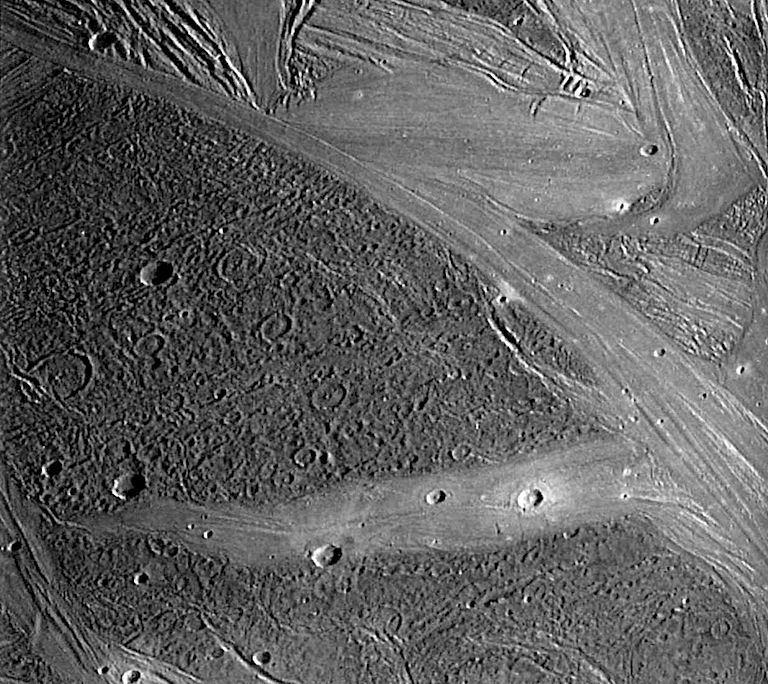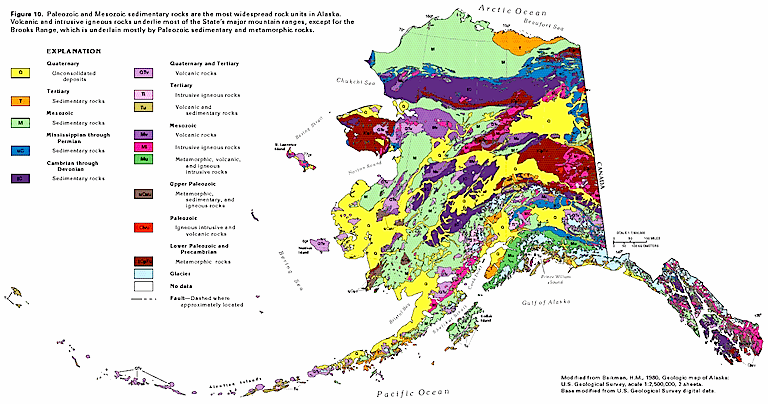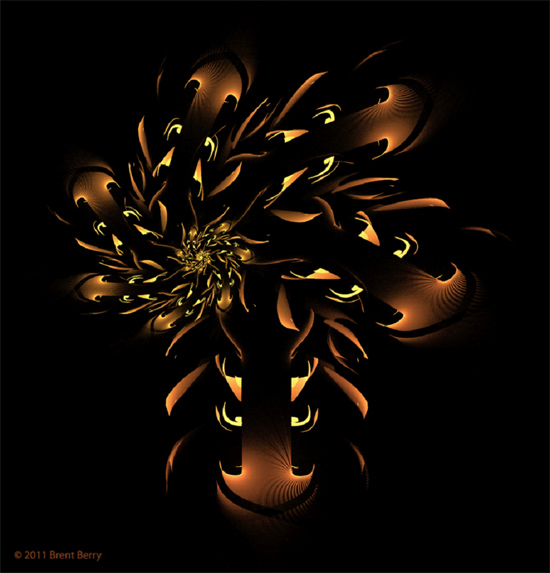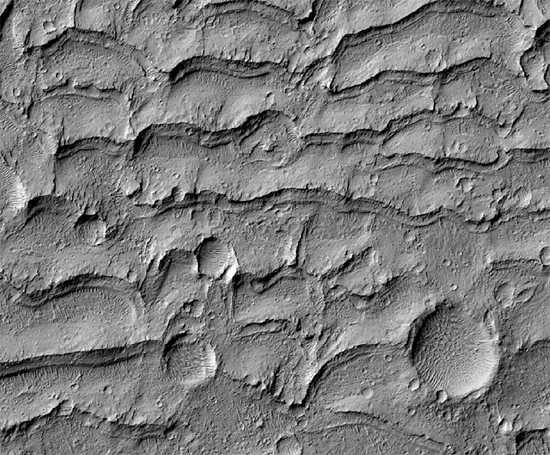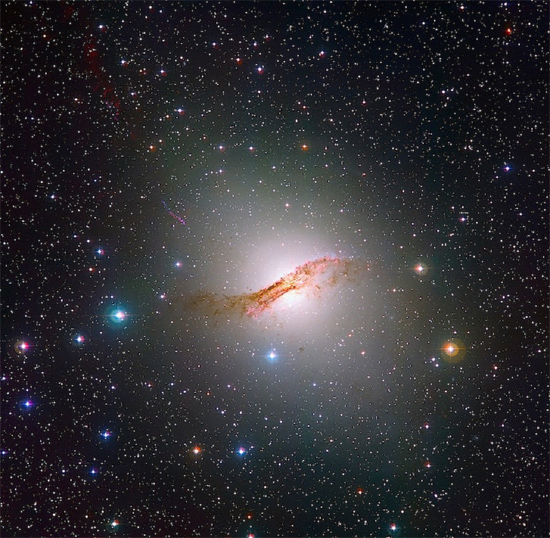Io
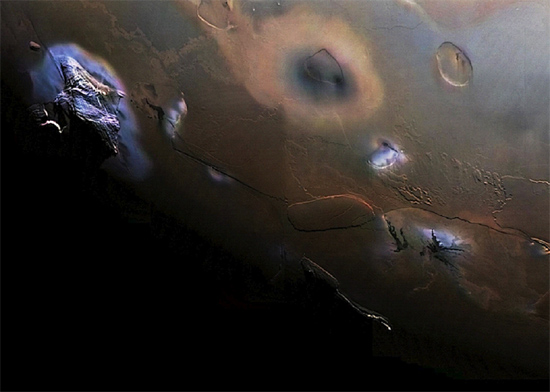
Original Post July 2, 2012 Io has puzzled planetary scientists for years. Electric Universe advocates are not so mystified. “The Io close-up shows a surface that bears all of the classic features of a spark-machined surface—the flat clean crater floors and steep circular scalloped walls with sharp edges.” — Wal…





